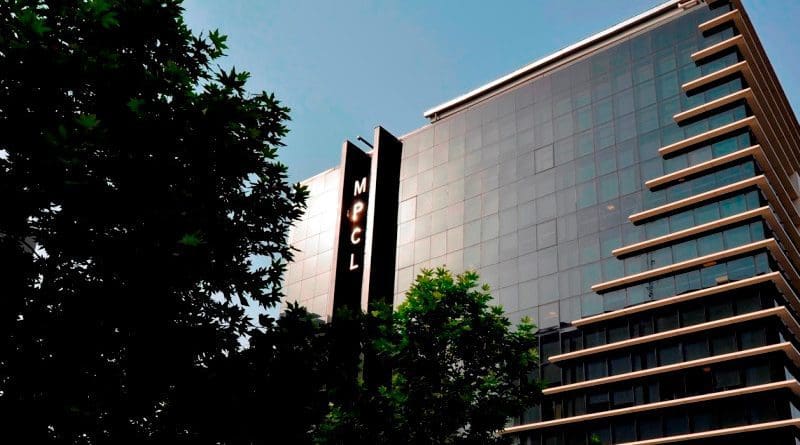Mari Petroleum Offers Enormous Upside Potential – OpEd
Mari Petroleum (MARI), a leading exploration and production company of Pakistan offers an upside potential on the expectation of dividend payout after the removal of cap by the government. Other contributing factors are: 1) stable and growing volumetric sales from Mari Habib Rahi Limestone (HRL) field, 2) likely entry into other possible energy/gas chain projects, 3) healthy cash generation as it is least affected by circular debt and 4) favorable shift in gas pricing.
Stable and growing volumetric sales:
Gas production from Mari field has grown at a 5-Y CAGR (FY16-FY21) of 3% compared to annual natural decline rate of 5-6% of a gas field. This growth is attributed to continuous efforts to keep production above the threshold of 577.5 mmcfd (+10% of 525 mmcfd) by drilling more development wells and adapting various production enhancement techniques like acid simulation, debottlenecking activities, compression installation amongst others.
Removal of cap on dividends:
The government has removed cap on dividend payout of the company in wake of likely divestment to attract a better price. Analysts consider this as a positive development as high cash generation capability (12% of market cap every year) of the company can attract more strategic investors. The Company is expected to maintain payout ratio of 60%, translating into decent D/Y of 8-11% in next four years.
Likely entry into other energy chain projects:
The company is taking service of renowned consultancy firm Mckinesy and other energy sector consultants to evaluate and consider projects like offshore blocks, acquisition of international blocks, setting up LNG terminal, gas power plant, expanding into fertilizer business, renewable power plants and petrochemical plant. It is believed that capital will not be a constraint for the company for projects like petrochemical and fertilizer due to healthy existing cash balance and recurring cash generation.
Healthy cash generation:
Over the last two years (FY19 and FY20), the Company has accumulated a cash balance of Rs35 billion due to healthy operating cash flows thanks to rising profits and lower link with circular debt. This has increased book value of the company to Rs822/share as of December 2020, from Rs302 as of June 2018), translating into net cash of Rs446/share.
Favorable shift in gas pricing:
In FY20, the Company had recorded 35% of its revenue from fields (including incentive) based on PP2012 policy. Pricing based on PP2012 policy is 3x higher than the prevailing 2001 pricing policy (50% of 2001) of the Company. In FY17, revenue based on PP2012 used to be 5-10% of total revenue.
CAGR:
Analysts expect MARI to post 3-Year earnings CAGR of 10% on the back of 2.2% per annum growth in gas sales, PKR depreciation of 5-6% per year, and 1.9% per annum growth in oil prices assumption.
Valuation:
Analysts have used reserves based discounted cash flow methodology to arrive at December 2021 Target Price of Rs2,103, providing a total return of 41% (including D/Y of 9%). The Company is currently trading at FY22E PE, EV/Reserve (boe) and EV/EBITDA of 5.5x, US$1.4 and 2.9x, respectively.
Key risks:
The key risks include: 1) The Company’s inability to complete debottlenecking and other production enhancement projects on time, 2) lower than expected oil prices, 3) change in pricing regulations and 4) PKR appreciation.
Note: The opinions expressed are the author’s own

